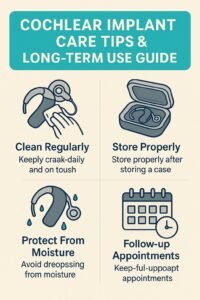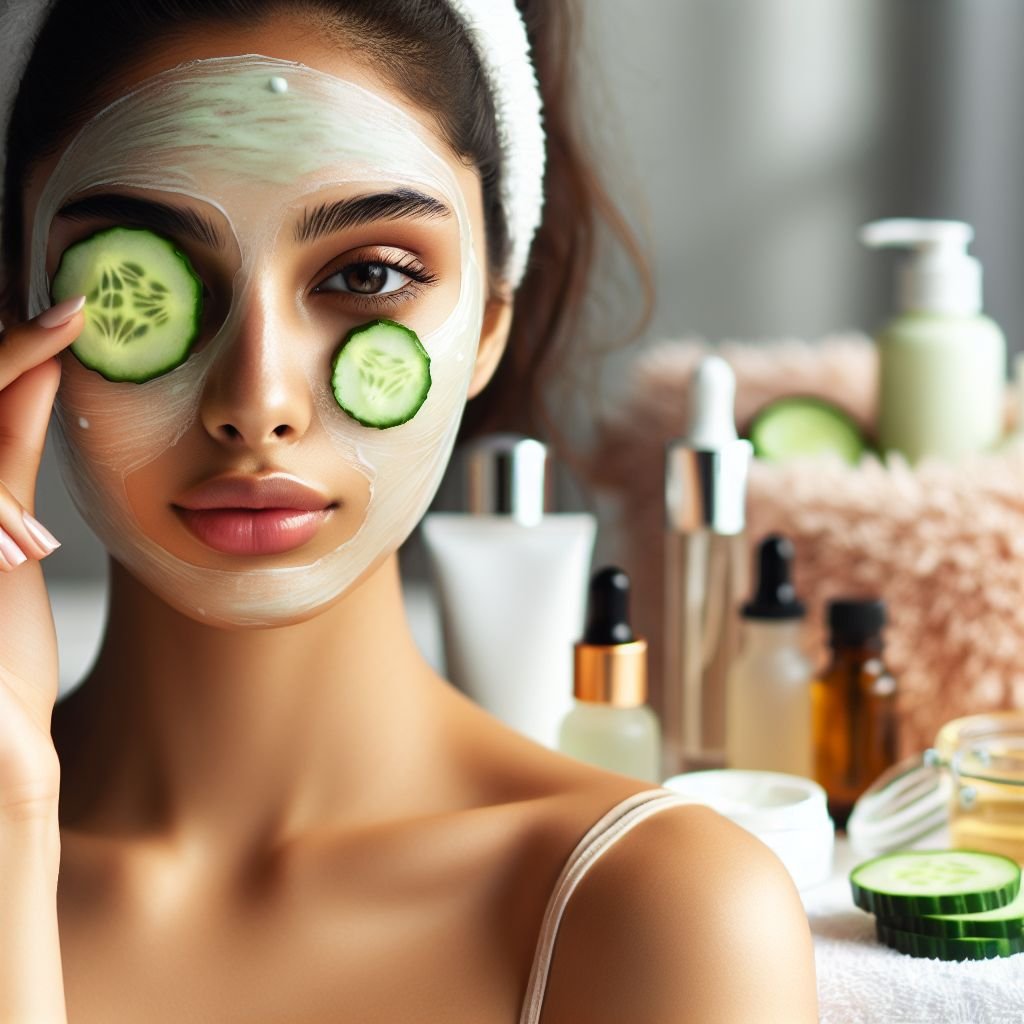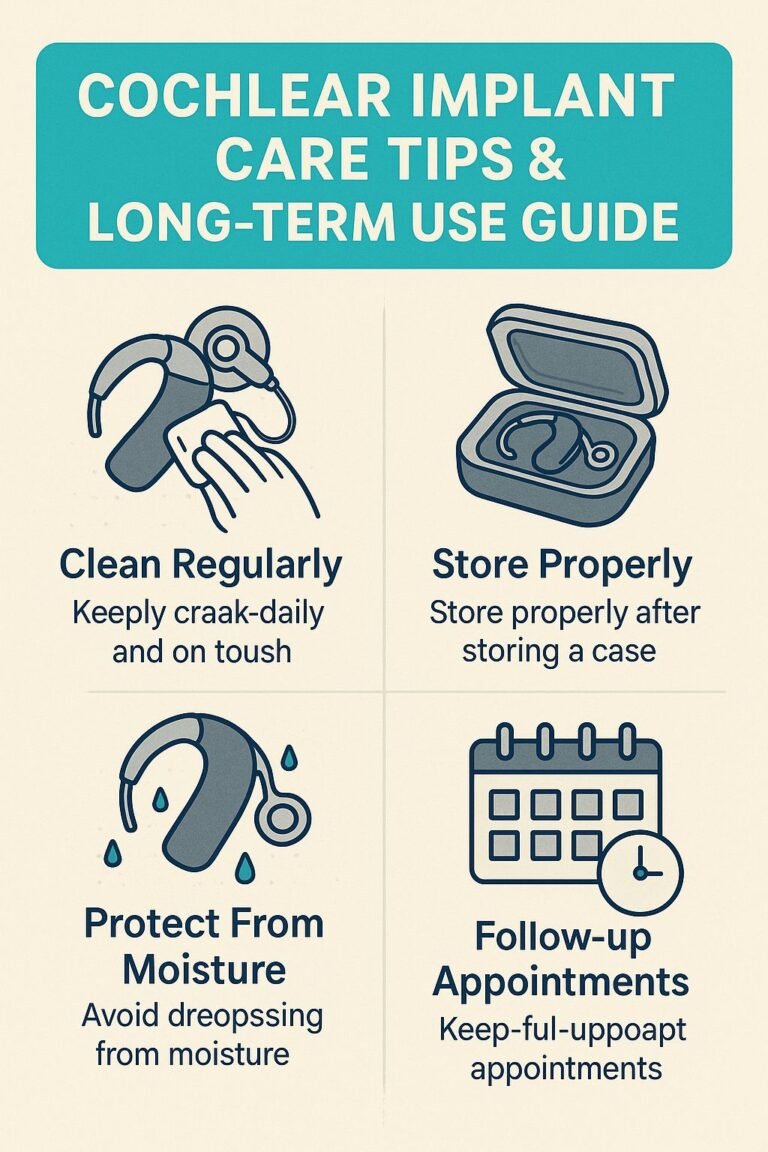Key Takeaways
- Oxybenzone is often used in sunscreens and face creams to absorb UV light, but it can disrupt hormones and cause allergic reactions.
- Titanium dioxide is considered safer than oxybenzone, especially in cream form, but it can pose risks when inhaled as a powder.
- Both ingredients can have harmful effects on the environment, particularly on marine life and coral reefs.
- Many regions have started banning oxybenzone to protect marine ecosystems, pushing for safer alternatives.
- Consumers should look for mineral-based sunscreens with zinc oxide or titanium dioxide for safer sun protection.
Oxybenzone and Titanium Dioxide in Face Creams: Key Concerns and Facts
When it comes to skincare, especially face creams, it’s crucial to know what’s in the products we apply daily. Oxybenzone and titanium dioxide are two common ingredients that have sparked much debate. They are prevalent in sunscreens and many face creams, often marketed for their UV-protective properties. But are they really safe?
Why These Ingredients are Under Scrutiny
Oxybenzone and titanium dioxide have been at the center of safety discussions due to their potential health and environmental impacts. Oxybenzone, in particular, has raised alarms for its ability to penetrate the skin and act as an endocrine disruptor. This means it can interfere with hormone functions, which is a serious concern for many health experts.
Titanium dioxide, on the other hand, is generally considered safer when used in cream form. However, when inhaled as a powder, it may pose risks, leading to questions about its overall safety in various cosmetic applications. These concerns have led to increased scrutiny from both consumers and regulatory bodies.
The Impact on Human Health and Safety
The potential health risks associated with these ingredients cannot be overlooked. Oxybenzone has been linked to various health issues, including hormone disruption and allergic reactions. Studies have shown that it can be absorbed into the bloodstream, raising concerns about its long-term effects. For those interested in alternative healing methods, somatic healing offers a holistic approach to health.
Environmental Implications of Cosmetic Ingredients
Besides health concerns, oxybenzone and titanium dioxide also pose significant environmental risks. When these chemicals wash off into the ocean, they can contribute to coral bleaching and damage marine ecosystems. This environmental impact has prompted some regions to ban sunscreens containing oxybenzone to protect their natural habitats.
Understanding Oxybenzone and Titanium Dioxide
To make informed decisions about skincare products, it’s essential to understand what oxybenzone and titanium dioxide are and why they’re used. Let’s dive into their characteristics and common applications.
What is Oxybenzone?
Oxybenzone, also known as benzophenone-3, is a chemical compound used in many sunscreens and face creams. Its primary function is to absorb UV light, thereby providing protection against sunburn and reducing the risk of skin cancer. However, its ability to penetrate the skin and enter the bloodstream has raised significant health concerns. For those looking for alternative treatments, exploring natural remedies might be of interest.
Characteristics of Titanium Dioxide
Titanium dioxide is a naturally occurring mineral that is widely used in cosmetics, including face creams and sunscreens. It works by physically blocking UV rays, acting as a barrier on the skin’s surface. Unlike oxybenzone, titanium dioxide is not absorbed into the skin, making it a preferred choice for many seeking safer sun protection.
Despite its advantages, the safety of titanium dioxide can be compromised when used in powdered form, as inhalation can pose health risks. Therefore, it is essential to understand the form in which it is used in cosmetic products.
Common Uses in Face Creams
Both oxybenzone and titanium dioxide are commonly found in face creams, primarily for their UV-protective properties. Oxybenzone is often used in chemical sunscreens, while titanium dioxide is a key ingredient in mineral-based sunscreens.
Face creams with these ingredients are marketed for their ability to prevent sun damage and maintain youthful skin. However, consumers should be aware of the potential risks associated with these chemicals and consider safer alternatives.
Potential Health Risks Associated with Oxybenzone
While oxybenzone is effective in protecting against UV rays, its potential health risks have become a growing concern. Let’s explore some of the key issues related to its use.
Endocrine Disruption Concerns
Oxybenzone has been shown to interfere with hormone functions, acting as an endocrine disruptor. This can lead to a range of health problems, particularly affecting the reproductive and developmental systems.
Research has indicated that oxybenzone can mimic hormones in the body, potentially leading to hormone imbalances and related health issues. This is particularly concerning for pregnant women and children, whose hormonal systems are still developing.
Allergic Reactions and Skin Irritation
In addition to endocrine disruption, oxybenzone can cause allergic reactions and skin irritation in some individuals. Symptoms may include redness, itching, and swelling at the site of application. For those with sensitive skin, it is advisable to avoid products containing oxybenzone.
Long-Term Health Implications
The long-term health effects of oxybenzone exposure are still being studied, but there is evidence to suggest potential risks. Prolonged use may lead to more serious health issues, including increased risk of certain cancers and developmental problems in children.
As research continues, it is crucial for consumers to stay informed and consider the potential long-term implications of using products containing oxybenzone.
Analyzing the Safety of Titanium Dioxide
Titanium dioxide is often hailed as a safer alternative to chemical UV filters like oxybenzone. However, its safety depends largely on its form and how it’s used. Let’s break down the safety considerations associated with titanium dioxide.
When used in creams and lotions, titanium dioxide sits on the skin’s surface and acts as a physical barrier against UV rays. This means it doesn’t penetrate the skin, reducing the risk of systemic absorption. For many, this makes it a preferable option for sun protection.
Despite these benefits, there are specific circumstances where titanium dioxide may pose risks, particularly when inhaled in powdered form.
Inhalation Risks in Powdered Form
Inhalation of titanium dioxide particles, especially in powdered form, has been linked to respiratory issues. This is particularly concerning for products like loose powders and aerosol sprays, where the particles can become airborne.
Research has shown that inhaling these particles can lead to lung inflammation and other respiratory problems. For this reason, regulatory bodies often advise caution when using products that can be easily inhaled.
To mitigate these risks, consumers should avoid using powdered products containing titanium dioxide or opt for cream-based formulations. This minimizes the chances of inhalation and ensures safer application.
For example, choosing a sunscreen lotion with titanium dioxide instead of a spray can reduce the risk of inhaling harmful particles.
Safety in Topical Applications
When applied topically, titanium dioxide is generally considered safe. It provides broad-spectrum UV protection without penetrating the skin. This makes it a suitable choice for individuals with sensitive skin or those concerned about chemical UV filters.
Regulatory Opinions on Titanium Dioxide
Various health and safety organizations have assessed the risks associated with titanium dioxide. Most agree that it is safe for use in cosmetic products when applied to the skin. However, they caution against its use in inhalable forms.
- The European Commission has classified titanium dioxide as a potential carcinogen when inhaled in powdered form.
- The FDA considers titanium dioxide safe for use in sunscreens and other topical applications.
- Health Canada advises against using products that can result in inhalation of titanium dioxide particles.
These regulatory opinions highlight the importance of understanding how titanium dioxide is used in different products. Consumers should be aware of the potential risks and make informed choices accordingly.
Environmental Impact of Oxybenzone and Titanium Dioxide
Beyond human health concerns, oxybenzone and titanium dioxide also pose environmental challenges. Their presence in aquatic environments has been a subject of increasing scrutiny, similar to how environmental health issues are monitored globally.
Effects on Coral Reefs and Marine Life
Oxybenzone is particularly notorious for its detrimental effects on coral reefs. Studies have shown that it can cause coral bleaching, a process that weakens corals and leads to their death. This not only affects the corals themselves but also disrupts the entire marine ecosystem.
Titanium dioxide, while less harmful than oxybenzone, can still contribute to environmental pollution. When washed off into the ocean, it can accumulate in marine organisms, leading to potential ecological imbalances. For more insights on how environmental factors can affect health, explore somatic healing techniques.
Persistence in the Environment
Both oxybenzone and titanium dioxide are known to persist in the environment. They do not easily degrade, meaning they can accumulate over time and continue to pose risks to aquatic life.
Given their persistence, it’s essential to consider the environmental impact of products containing these ingredients. Opting for eco-friendly alternatives can help reduce this burden.
Legislative Actions and Global Initiatives
In response to the environmental impact of these chemicals, several regions have enacted legislation to limit their use. For example, Hawaii and Palau have banned sunscreens containing oxybenzone to protect their coral reefs.
These legislative actions highlight the growing recognition of the need for safer, more sustainable skincare options. As awareness continues to spread, we can expect more regions to follow suit.
Alternatives and Recommendations
Given the concerns surrounding oxybenzone and titanium dioxide, many consumers are seeking safer alternatives. Here are some recommendations for those looking to make informed skincare choices.
Safer Sunscreen and Skincare Options
Mineral-based sunscreens that use zinc oxide or non-nano titanium dioxide are excellent alternatives. These ingredients provide effective UV protection without the associated health and environmental risks. For more information on safer sunscreen options, visit Safer Sunscreens – Safe Cosmetics.
Tips for Reading Product Labels
When shopping for skincare products, it’s important to read labels carefully. Here are some tips to help you identify safer options:
- Look for products labeled “reef-safe” or “mineral-based.”
- Avoid products with oxybenzone, octinoxate, and other chemical UV filters.
- Check for certification labels from reputable organizations.
By paying attention to product labels, you can make more informed choices and support companies that prioritize safety and sustainability.
Making Informed Skincare Decisions
Ultimately, the key to making informed skincare decisions is education. By understanding the potential risks associated with certain ingredients, you can choose products that align with your health and environmental values.
Stay informed about the latest research and regulatory updates, and don’t hesitate to reach out to skincare professionals for advice. Your skin and the planet will thank you.
Conclusion: Making Conscious Choices in Skincare
Balancing effective sun protection with health and environmental safety is no easy task, but it is essential. By being mindful of the ingredients in your skincare products, you can make choices that benefit both you and the environment.
Consider the long-term implications of your skincare routine and opt for products that align with your values. With a little effort, you can protect your skin while also protecting the planet.
Balancing Sun Protection and Safety
It’s crucial to find a balance between protecting your skin from harmful UV rays and ensuring the products you use are safe for your health and the environment. Opting for mineral-based sunscreens with ingredients like zinc oxide and non-nano titanium dioxide can provide effective protection without the risks associated with chemical filters like oxybenzone.
Steps Towards Environmental Responsibility
As consumers, we have the power to make choices that positively impact the environment. By selecting reef-safe and eco-friendly skincare products, we can help reduce the harmful effects of chemicals on marine ecosystems. Look for products that are free from oxybenzone and octinoxate, and support brands that prioritize sustainability.
- Choose products labeled as “reef-safe” or “environmentally friendly.”
- Support companies with sustainable packaging and production practices.
- Educate others about the importance of using safe and eco-friendly skincare products.
By taking these steps, you can contribute to a healthier planet while still taking care of your skin.
Frequently Asked Questions (FAQ)
To help you make informed decisions, here are answers to some common questions about oxybenzone and titanium dioxide in skincare products.
What are the side effects of oxybenzone in skincare?
Oxybenzone can cause a range of side effects, including skin irritation, allergic reactions, and hormonal disruptions. It has been linked to potential long-term health issues, such as reproductive and developmental problems.
Is titanium dioxide safe for daily use?
Yes, titanium dioxide is generally safe for daily use when applied topically in creams and lotions. However, avoid inhaling it in powdered form, as this can pose respiratory risks.
How does oxybenzone affect marine life?
Oxybenzone contributes to coral bleaching and can damage marine ecosystems. It affects the DNA of coral, inhibits their growth, and can lead to the death of coral reefs, which are vital to marine biodiversity.
Are there regulations regarding these chemicals in cosmetics?
Yes, some regions have implemented regulations to limit the use of oxybenzone in cosmetics. For instance, Hawaii and Palau have banned sunscreens containing oxybenzone to protect their coral reefs. Regulatory bodies continue to assess the safety of these ingredients.
What are some alternative ingredients to look for?
Consider products with zinc oxide and non-nano titanium dioxide for safer sun protection. These ingredients provide broad-spectrum UV protection without the health and environmental risks associated with chemical filters.
How can I identify harmful chemicals on product labels?
Read product labels carefully and look for ingredients like oxybenzone, octinoxate, and other chemical UV filters. Opt for products labeled “reef-safe” or “mineral-based,” and check for certifications from reputable organizations.
Are mineral sunscreens better for the environment?
Yes, mineral sunscreens are generally better for the environment. They use physical blockers like zinc oxide and titanium dioxide, which are less harmful to marine life compared to chemical filters like oxybenzone.
These mineral ingredients do not contribute to coral bleaching and are considered safer for aquatic ecosystems.
Can I find effective sunscreens without oxybenzone?
Absolutely! Many brands offer effective sunscreens that do not contain oxybenzone. Look for mineral-based options that use zinc oxide or titanium dioxide for UV protection. These products are widely available and provide excellent sun protection.
By choosing these alternatives, you can enjoy sun protection without compromising your health or the environment.
Why do companies still use these ingredients if they’re harmful?
Oxybenzone and similar ingredients are still used because they are effective UV filters and have been widely used for years. However, as more research emerges about their potential risks, many companies are reformulating their products to exclude these chemicals.
Consumer demand for safer and more sustainable options is also driving change in the industry. For instance, understanding the impact of various health conditions like hair loss in over 50s can influence product development and consumer choices.
How often are cosmetic regulations updated based on new research?
Regulatory bodies periodically review and update cosmetic regulations as new research becomes available. This process ensures that products on the market are safe for consumers and the environment.
However, the pace of these updates can vary depending on the region and the specific regulatory framework in place. Staying informed and advocating for safer products can help accelerate these changes.
In conclusion, being aware of the ingredients in your skincare products is vital for both personal health and environmental sustainability. By making informed choices and supporting eco-friendly brands, you can contribute to a healthier future for yourself and the planet.
Many people suffer from lower back pain, especially at night, which can significantly impact their quality of sleep. Incorporating specific exercises into your routine can help alleviate this discomfort. For instance, practicing certain yoga asanas has been shown to relieve tension and promote relaxation, allowing for a more restful night’s sleep.










